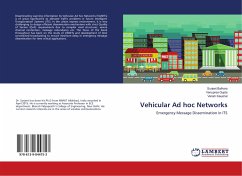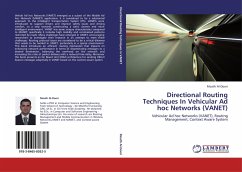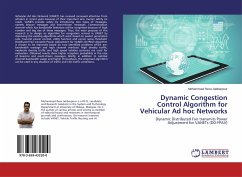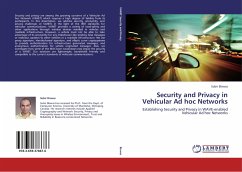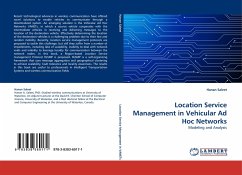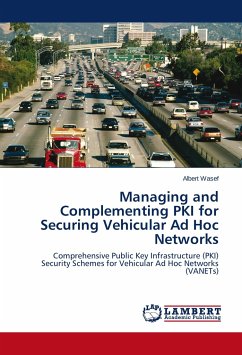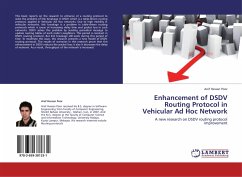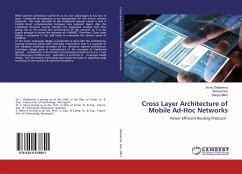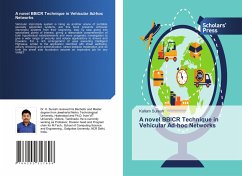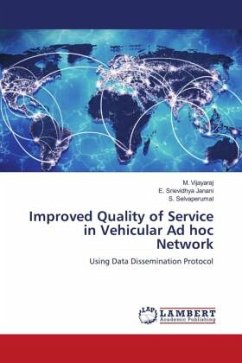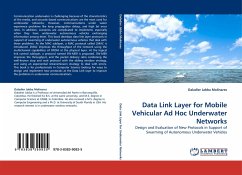
Data Link Layer for Mobile Vehicular Ad Hoc Underwater Networks
Design and Evaluation of New Protocols in Support of Swarming of Autonomous Underwater Vehicles
Versandkostenfrei!
Versandfertig in 6-10 Tagen
39,99 €
inkl. MwSt.

PAYBACK Punkte
20 °P sammeln!
Communication underwater is challenging because of the characteristics of the media, and acoustic-based communications are the most used for underwater networks. However, communications under water experience problems like long propagation delays, and high bit error rates. In addition, scenarios are complicated to implement, especially when they have underwater autonomous vehicles exchanging information among them. This book develops data link layer protocols in support of swarming of underwater autonomous vehicles that deal with these problems. At the MAC sublayer, a MAC protocol called 2MAC ...
Communication underwater is challenging because of the characteristics of the media, and acoustic-based communications are the most used for underwater networks. However, communications under water experience problems like long propagation delays, and high bit error rates. In addition, scenarios are complicated to implement, especially when they have underwater autonomous vehicles exchanging information among them. This book develops data link layer protocols in support of swarming of underwater autonomous vehicles that deal with these problems. At the MAC sublayer, a MAC protocol called 2MAC is introduced. 2MAC improves the throughput of the network using the multichannel capabilities of OFDM at the physical layer. At the logical link control sublayer, a protocol named SW-MER is proposed. SW-MER improves the throughput, and the packet delivery ratio combining the well-known stop and wait protocol with the sliding window strategy, and using an exponential retransmission strategy to deal with errors. This book is for professionals in Computer Science looking for ways to design and implement new protocols at the Data Link layer to improve the problems in underwater communications.



